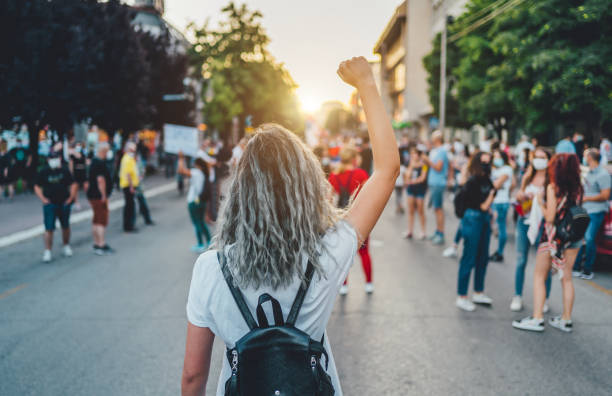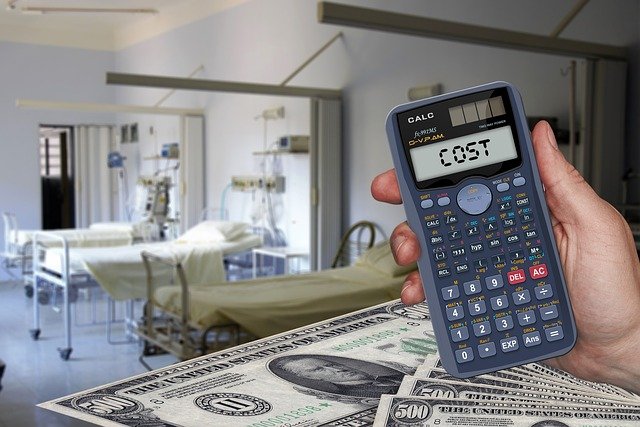The Balancing Act: Analyzing the Right to Protest in a Democratic Society
In the heart of democratic societies worldwide, the right to protest is a crucial aspect of free speech and freedom of assembly. This article delves into the legal framework surrounding this right, its historical evolution, and the implications of recent legislative changes.

The Historical Context and Legal Developments
Historically, the right to protest has been hard-earned, often through the very act of protesting. Ancient societies like Rome had mechanisms for public demonstrations, but it took centuries for the concept to evolve into a recognized right. In the United States, the right to protest is enshrined in the First Amendment, guaranteeing citizens the freedom of speech, assembly, and the ability to petition the Government for a redress of grievances. Similarly, Article 11 of the European Convention on Human Rights provides the right to freedom of assembly and association, including the right to protest.
The Balance Between Order and Freedom
Balancing the right to protest with maintaining order and safety has always been a delicate task. Governments and law enforcement agencies worldwide have wrestled with finding a workable middle ground. Protest laws vary significantly from country to country, and even within countries, reflecting differing societal values and historical contexts. While some view protests as a fundamental democratic right, others see them as potential threats to public order and safety.
Current Legal Updates and Legislative Changes
Recently, several countries have revised their laws related to protests. For instance, the United Kingdom is considering proposals in the Police, Crime, Sentencing and Courts Bill 2021 that would give police more powers to handle protests. The bill has sparked controversy, with critics arguing that it infringes upon the democratic right to protest.
In the United States, numerous states have proposed legislation following widespread protests in 2020. Some of these proposals have been criticized for their potential to infringe on First Amendment rights, leading to ongoing debates about the balance between public safety and fundamental freedoms.
Implications and Impact on Society
Changes to protest laws have far-reaching implications. Tightening restrictions on protests can lead to a chilling effect, where people fear exercising their right to protest due to potential legal repercussions. On the other hand, a lack of regulations may lead to public safety concerns during large-scale demonstrations.
The right to protest is a vital tool for social change. It gives voice to the marginalized and holds power accountable. Laws regulating this right must be crafted with care to ensure that they do not stifle democratic freedoms.
The Future of The Right to Protest
As societies evolve, so too does the interpretation and application of the right to protest. With the rise of social media and digital platforms, the nature of protests has changed significantly, and legal frameworks must adapt to these changes. The task for lawmakers is to balance the need for public order with the fundamental right to protest, a challenge that requires ongoing debate, negotiation, and refinement.
Understanding the laws and policies surrounding the right to protest is crucial for every citizen. As we navigate the complexities of modern democracy, it is our responsibility to stay informed and engaged, ensuring that our voices continue to be heard.




